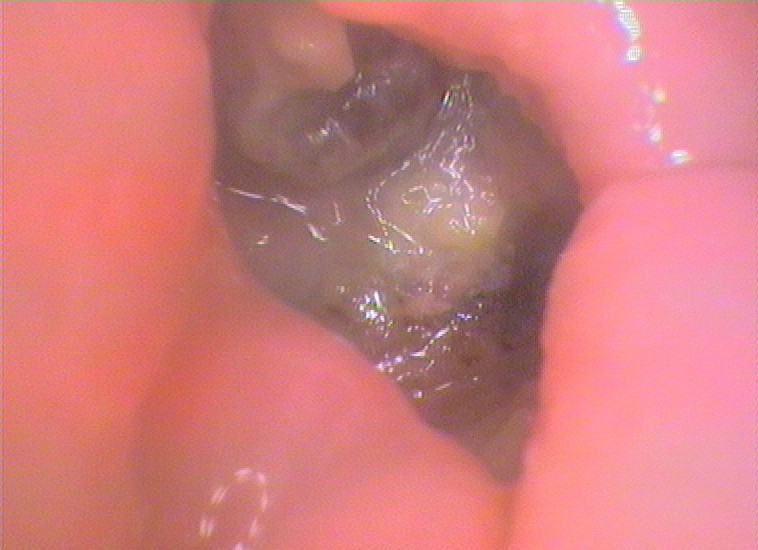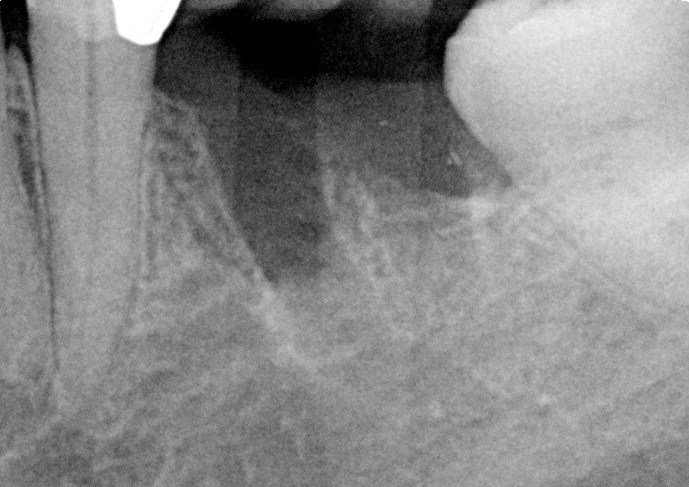After treatment complications – Blog Series – Part 2 – Muscle and Jaws
We like to do things that upset this amazing performance. The brunt of the issues affects the muscles. Muscles throughout the body work in teams. Simply, one group of muscles contract while another group relaxes. When this does not happen we often call it terms such “a cramp”, “stiffness”, “pain”, can’t walk properly, and even “can’t open my mouth”.
In the muscles of mastication the closing muscles are far stronger than the opening muscles. They need to be as they pulverise the food so that it can be digested properly and be easy to swallow. The opening muscles are far weaker in the forces they generate. They are there to open the jaw to receive the food or drink, talk and even allow you to yawn! They also need to allow the closing muscles to relax and contract in the finer movements of chewing.
All is good until any closing muscle can’t relax. This is called a spasm or in the mouth, trismus. The causes and treatment of this are in the following blogs.

- The jaw joint complex of the teeth, muscles and joints – The muscle aspect – Part 2 – The problems – TRISMUS
- The jaw joint complex of the teeth, muscles and joints – The muscle aspect – Part 3 – Treatment of TRISMUS
A dry socket is a complication that can occur after a tooth extraction. When a tooth is removed a blood clot forms, as the first step to healing. The clot covers and protects the underlying bone. Also blood vessels grow into clot to bind it to the surrounding gum.
For some reason, not always explained, the clot fails to form or bind, and it falls out, exposing the bone and delaying healing of the wound. An initial clot forms, but usually after two days, (sometimes it can occur very quickly) the clot falls apart.
Often a bad taste occurs and food gets caught in the tooth socket. The bone then becomes exposed and an aching, throbbing, dull, deep in the bone pain occurs. The pain may radiate to other teeth or parts of the head such as the ears and eyes on the same side of the face.
All post-operative care instructions aim to prevent a dry socket and to reduce pain and swelling as the following blogs explain.


Need an Appointment?
If you’d like to book an appointment with the dentist at Seymour Dental then call us in Dulwich Hill, Sydney on (02) 9564 2397 or
contact us
Next week
After treatment complications - Blog Series - Part 3 - Risk and Warnings